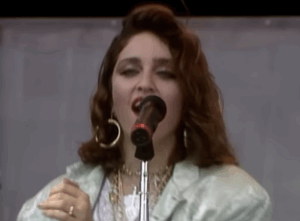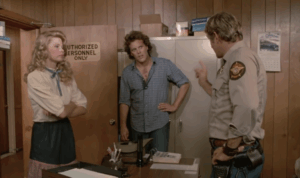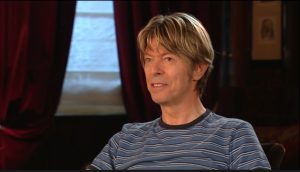The Paul McCartney Album He Dismissed as “Throwaway Songs”

via strangedaysindeed9 / YouTube
For decades, Paul McCartney has been synonymous with meticulous songwriting and musical craftsmanship. As one of the creative pillars of The Beatles, he helped redefine the album as a serious artistic statement, crafting cohesive works that transcended the notion of simple singles collections. So when McCartney released a record he himself described as being filled with “throwaway songs,” it left fans and critics equally puzzled.
The album in question wasn’t born out of laziness or indifference. Instead, it reflected a moment of transition — a time when McCartney was trying to rediscover his voice outside the world’s most famous band. After years of producing near-flawless studio work with The Beatles, he sought the freedom to create something spontaneous and unpolished.
This bold decision led to his self-titled debut album, McCartney (1970), a project that captured both his vulnerability and experimental spirit. It was a deeply personal and unconventional statement that stood in sharp contrast to the musical perfectionism fans had come to expect from him.
Breaking Free from the Beatles’ Shadow
By the late 1960s, The Beatles were barely holding together. Creative differences, personal conflicts, and business disputes had strained even the closest friendships within the band. McCartney’s musical instincts—often lighter, melodic, and whimsical—were increasingly at odds with John Lennon’s raw honesty or George Harrison’s spiritual intensity.
When the group finally split, McCartney seized the chance to start anew. Free from the weight of collaboration, he set out to make something that reflected his unfiltered creative energy. Yet that freedom came with a new challenge: living up to the monumental legacy of his past.
Instead of attempting to recreate The Beatles’ grandeur, McCartney went in the opposite direction. He turned inward, recording alone in his home studio, playing nearly every instrument himself. The result was intimate, rough around the edges, and far removed from the lush production of Abbey Road. It was both a declaration of independence and a test of how much fans would follow him without The Beatles’ banner.
https://twitter.com/mccartneyist/status/1484896827388592129
Creating an Album of “Throwaway Songs”
When McCartney arrived in April 1970, its stripped-down approach shocked many listeners. Gone were the harmonies, orchestrations, and studio perfectionism that defined his earlier work. Instead, the record featured raw takes, lo-fi textures, and tracks that felt like unfinished sketches. Yet within that simplicity lay an authenticity McCartney cherished.
He later explained that the album’s charm came from embracing imperfections. “They were almost throwaways,” McCartney said. “But that’s why they were included… all the normal things that you record that are great and have all this atmosphere, but aren’t that good as recording or production jobs.” Rather than polish every note, he preserved the warmth and spontaneity of home recordings.
Songs like “Maybe I’m Amazed,” “Every Night,” and “Junk” proved that beauty could emerge from simplicity. McCartney wasn’t about chasing perfection—it was about rediscovering joy in the creative process. For an artist used to working in a high-pressure environment, this looser, more personal approach was liberating.
View this post on Instagram
From “Throwaway” to Timeless Classic
At the time of its release, McCartney received mixed reviews. Many critics dismissed it as self-indulgent or underdeveloped compared to his Beatles work. Fans, too, struggled to understand why a musical genius would deliberately scale things down. It seemed too casual, too homemade, to be taken seriously.
But as years passed, perceptions began to shift. Listeners started recognizing the emotional honesty behind its minimalism and the groundbreaking way it predated the DIY recording ethos that would later define indie and lo-fi music. What once sounded like a collection of rough sketches began to feel like a bold artistic experiment.
Over time, listeners began to see McCartney differently. What was once viewed as unfinished or careless started to feel honest and ahead of its time. McCartney’s choice to let go of studio perfection revealed a side of him that was raw, instinctive, and deeply human—proof that sometimes, the songs we treat as experiments end up shaping an artist’s legacy in unexpected ways.











